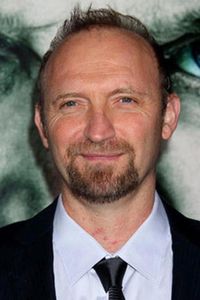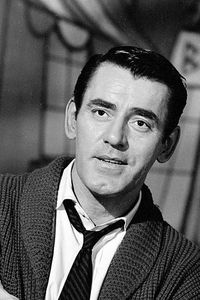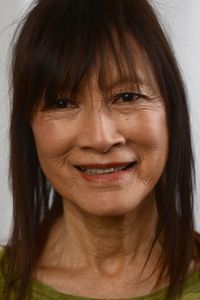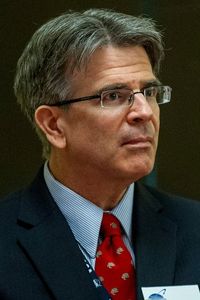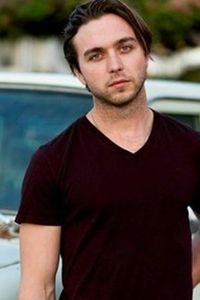James Warren, a relatively unknown actor from Ohio, had a brief career in the late 1940s, starring in a few second-rate westerns. Although he was tall, lean, and handsome, with a taciturn demeanor, he failed to leave a lasting impression, except perhaps among trivia enthusiasts.
Before pursuing an acting career, Warren worked as an illustrator in New York, with his art featured in prominent publications such as Life, Cosmopolitan, and Saturday Evening Post. He attended the Pratt Institute of Art, where an MGM talent scout discovered him, noting his resemblance to Gary Cooper.
Warren began his Hollywood career in 1942, appearing in approximately 20 films over a three-year period. Although some of these movies were of higher quality, such as Cry 'Havoc' (1943) and See Here, Private Hargrove (1944),he was often unbilled in these productions. MGM did not exercise his option, but RKO took a chance on him, starring him in a series of Zane Grey westerns, including Wanderer of the Wasteland (1945),Sunset Pass (1946),and Code of the West (1947).
Unfortunately, Warren's career failed to gain momentum, and he eventually retired to Hawaii, where he returned to his first love - painting, with a particular focus on watercolors. He spent the remainder of his life in Hawaii, passing away in 2001.


























